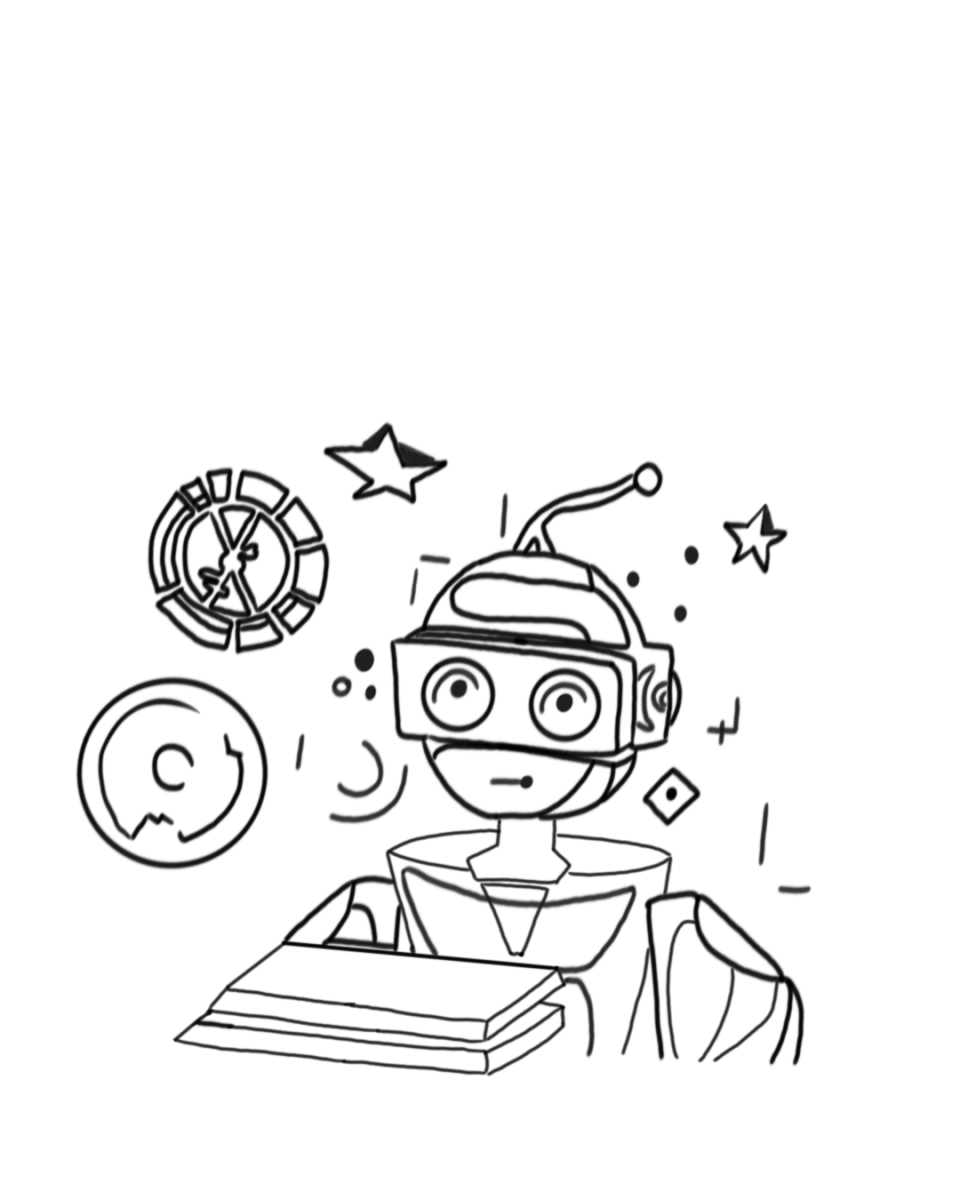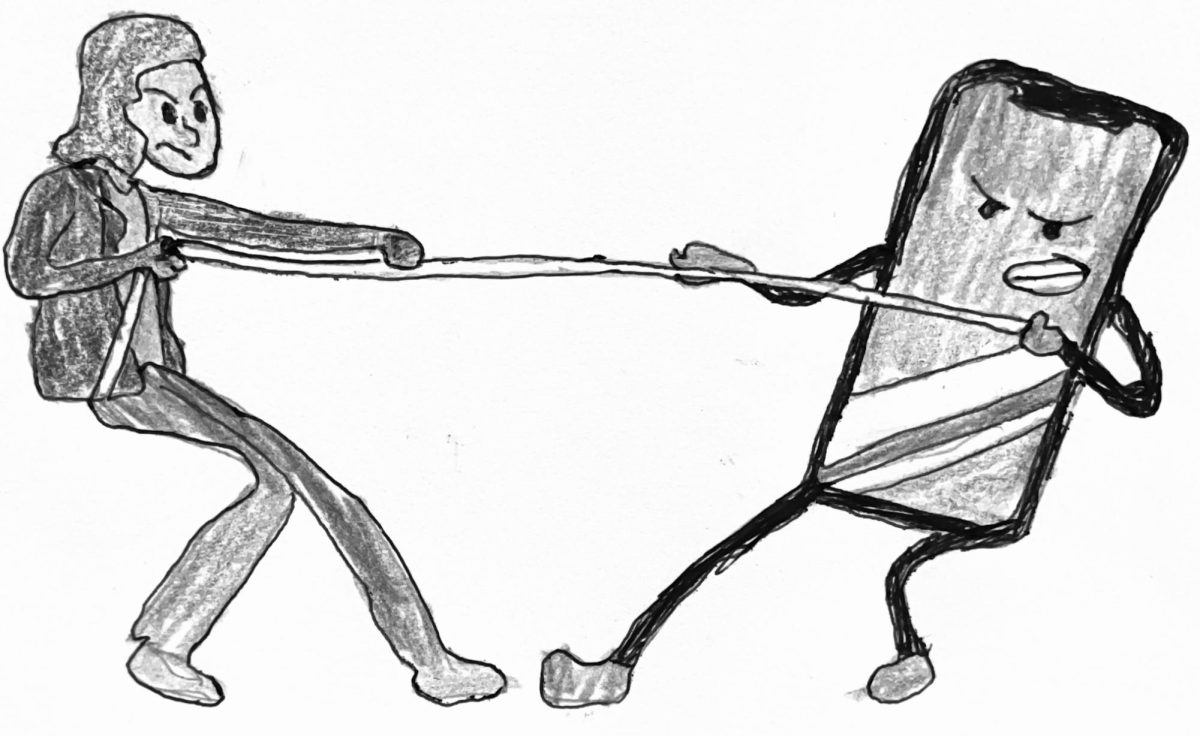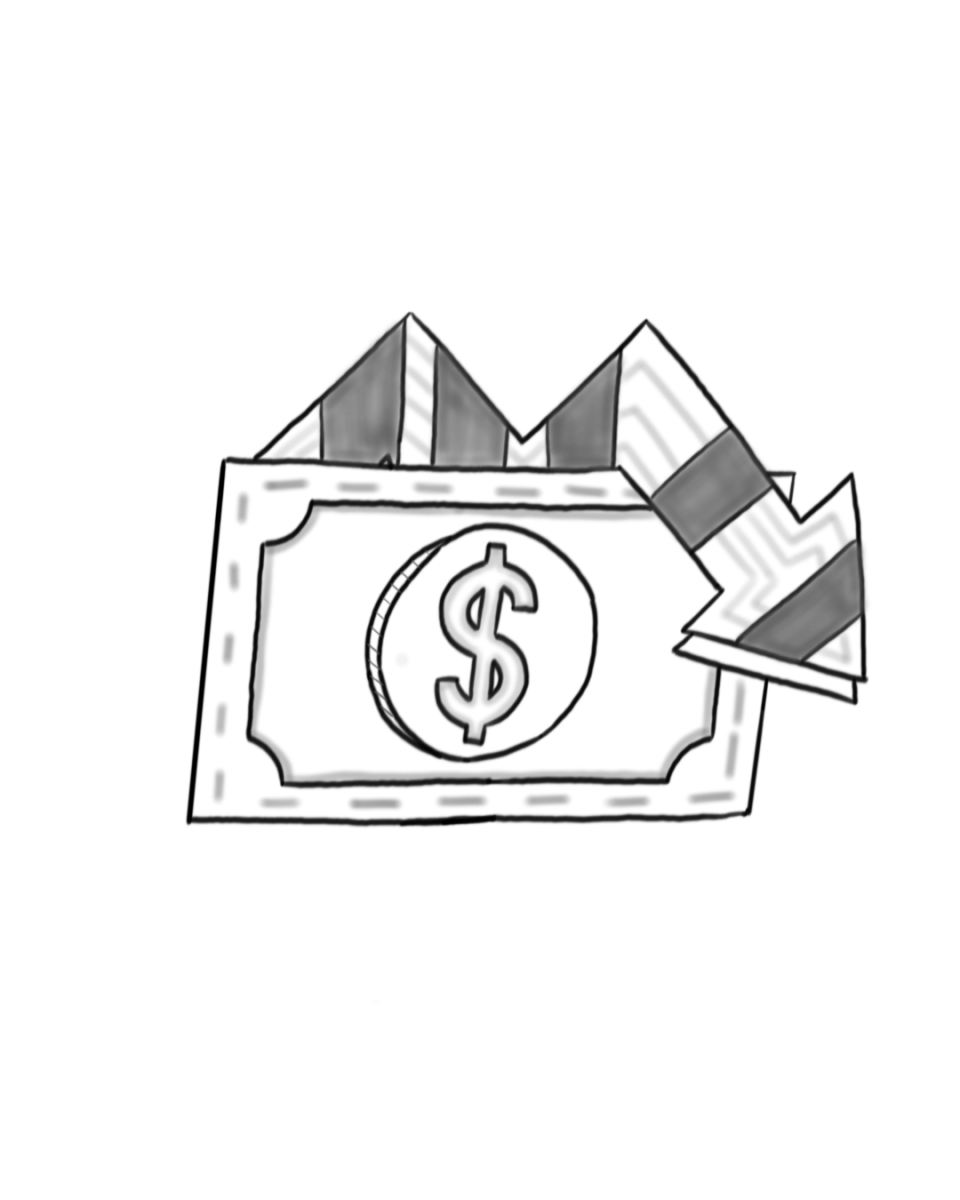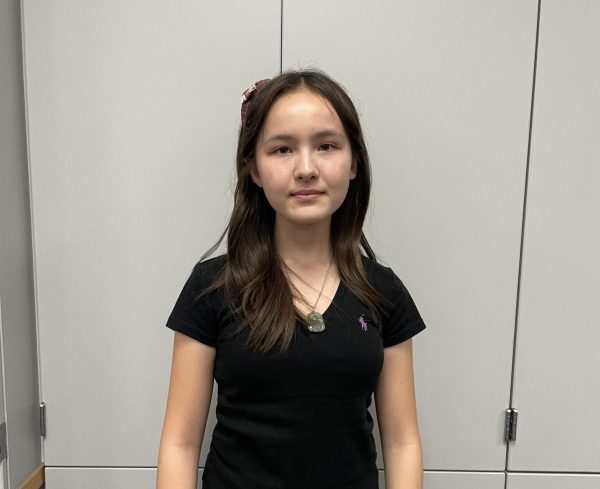Some may say that Artificial Intelligence, or AI, is taking over the world. It has revolutionized so many industries, from finance to manufacturing. But AI has arguably made one of the greatest impacts in education, with both teachers and students finding new uses for it every single day. Personalized lessons are given with the assistance of helpful AI models, while a few misbehaving students use ChatGPT to write their essays. AI has many considerable benefits in schools, but also contains a great amount of alarming risks. So, how does one use AI responsibly in schools to reap its benefits while evading its dangers?
First, it is important to talk about how AI has helped improve education. It personalizes lessons by tailoring to the needs of the individual student, is a great homework checker, and helps teachers develop assignments. Joshua Zou, an 8th grader at Cranbrook Kingswood Schools and straight-A student, has had firsthand experience with this cutting-edge technology.
“We occasionally are allowed to use AI as a way to check our homework,” Zou said. “Our teachers use it a lot to create homework assignments and tests.”
America’s educational system has improved greatly due to AI technologies and the unlimited possibilities they bring.
However, AI’s impact on education is not always positive. It can lead to over-reliance on technology and dull the critical thinking of students. For example, when students use AI to complete their homework, they are not learning as much as they would if they had completed the homework themselves. AI can also raise questions about ethics. Sometimes, students use AI to cheat and plagiarize work generated by large language models, or LLMs, like ChatGPT, Falcon, and Gemini.
“[Students in my class] have [cheated] by using [AI] as a source and making ChatGPT write their essays,” Zou said.
This is a growing concern as AI models continue to get stronger, leaving students and teachers to grapple with moral questions.
As AI has developed even faster in recent years, there are bigger struggles about how to properly use it in schools. New innovations are being developed constantly by tech companies all around the world. This could dictate the future of education, so what is done next with AI is very important to the lives of students and their posterity. Teachers must establish boundaries for their students, so AI can be used for the good of education. As for students, they need to respect the guidance of their teachers and make the right choices.
“If you’re struggling, try not to use AI; use other sources [instead],” Zou said. “If you don’t have the time or have no other sources, try to use it as a tutor rather than just getting the answer.”
Overall, AI has completely changed the education industry. Its numerous benefits, like personalization of content and assistance with learning material, can help make our next generation even more intelligent and well-rounded. However, its dangerous risks, including increased plagiarism and overuse of technology, can take away the good that AI does for education. It is imperative to use our conscience and follow the rules when using AI so students can learn more and make the future even brighter.
While in school, it can seem that AI is ubiquitous, from homework assignments and personalized lessons to cheating students and AI-generated essays. With AI, the right thing to do can be hard to figure out. It is important to embrace the educational journey as decent students who use AI with respect and honesty.











